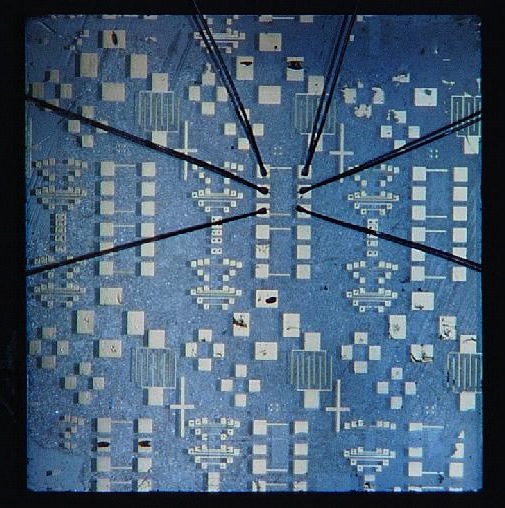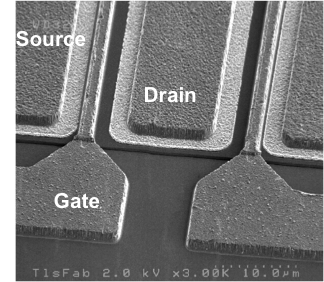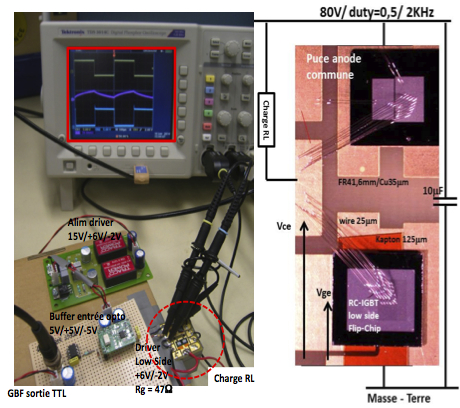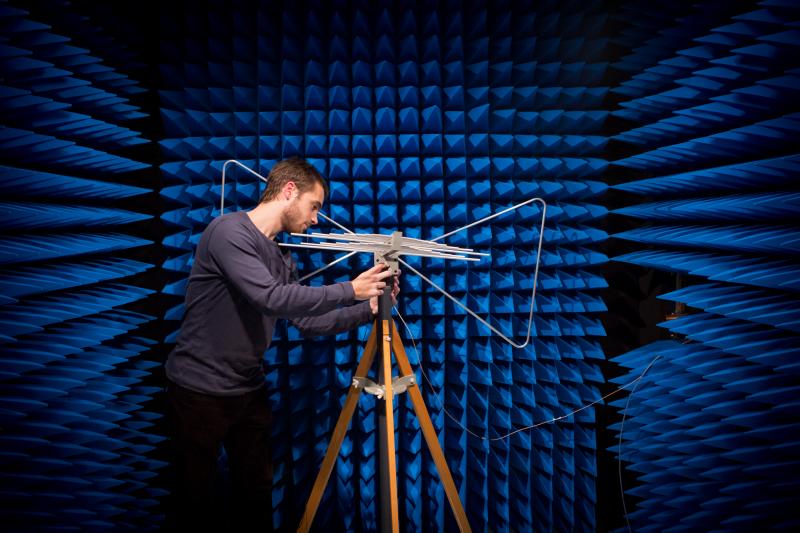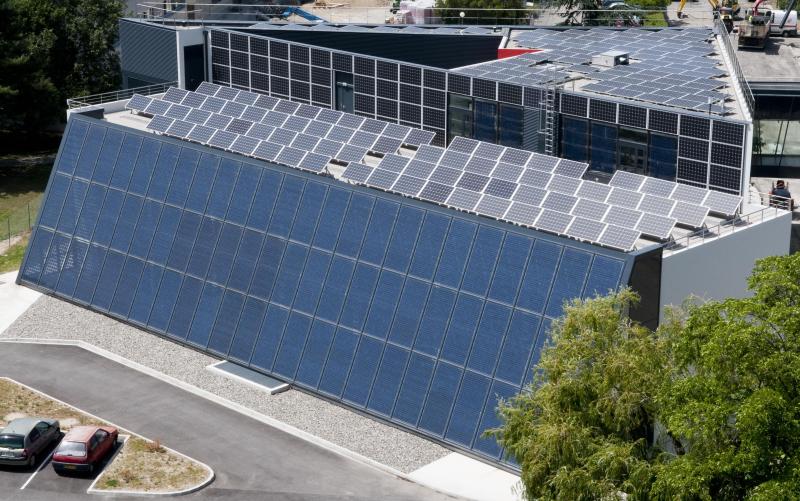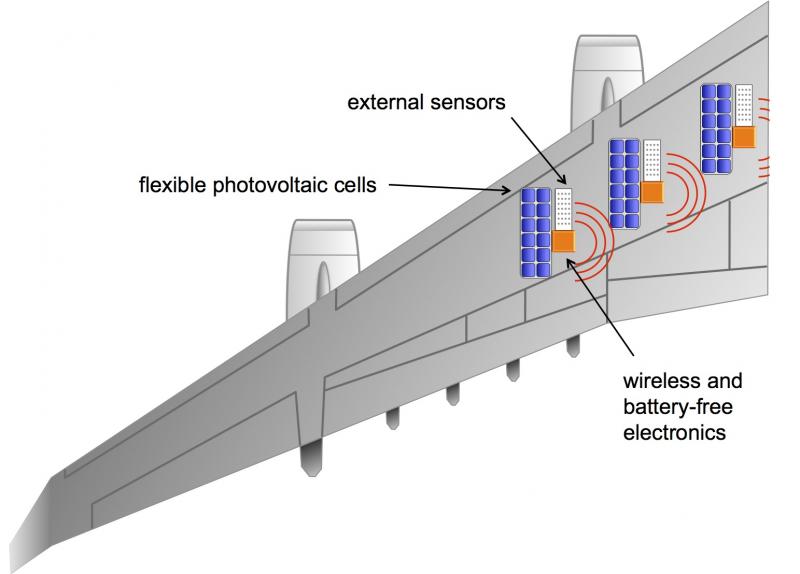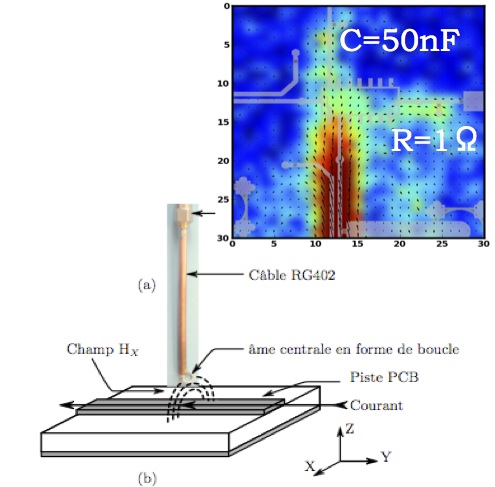Energy Management
Tackling the challenges of energy efficiency and contributing to a sustainable development
CONTEXT
One of the big challenges that our society will have to face over the next decade is related to energy issues. Worldwide, most of the energy is consumed into transports and buildings, both residential and industrial, thus resulting in a significant increase of CO2 emissions and in global warming. The majority of this energy is generated by non-renewable and non-environmentally friendly coal, fossil fuel and natural gas.
In the objective of a sustainable development, the widespread of alternative energy sources in transportation and buildings is the solution that will require a major paradigm shift in the power industry:
- Transports will have to become more electrically driven thus demanding for new generations of power devices and converters.
- For a large penetration of renewable energies, it is more appropriate to move from a centralized generation approach to a distributed one.
Moreover, the advances of microtechnologies allow a drastic miniaturization of systems for power generation and management, thus increasing the autonomy of embedded systems and making possible the dissemination of wireless sensor networks in a large variety of applications so called “ambient intelligence”. This last objective requires, on the one hand, the development of innovative approaches for energy harvesting coupled to low-power converters and on the other hand, the integration of high density storage devices.
RESEARCH GOALS
Research activities deal with the optimization of energy efficiency, robustness and reliability of conversion architectures dedicated to electrical grid - including alternative energies - to transport vehicles and to embedded systems, from elementary power devices to full modules.
The main research areas are threefold:
- Power Integration: from devices to systems
- Energy Autonomy
- Robustness & Reliability
- Smart energy management
Our research approaches include:
- Multi-physics/multi-scale modeling
- 3D silicon technologies
- Wide bandgap semiconductors: GaN, Diamond, SiC
- Innovative storage and conversion architectures: renewable energies, energy harvesting
These studies are carried out with the support of LAAS technology platform (1500m2 clean room) to implement 3D approaches issued from advanced microtechnologies (trenches, double-side lithography…) and to introduce new materials, either into the silicon process (magnetic materials, high-K dielectrics, BCB), or as starting semiconductor material (GaN, diamond). In addition, we have dedicated electrical characterization platforms (ESD, EMC, power) and an experimental building, ADREAM, with 100kWp photovoltaic platform.
RESEARCH ACTIVITIES
To tackle these challenges, 26 permanent researchers with complementary skills are carrying out their activities within three research teams:
ESE: Energy for Embedded Systems – Contact : patrick.tounsi@laas.fr
ISGE: Power Management System Integration – Contact : tremouilles@laas.fr
NEO : Nano-Engineering and integration of metal-Oxyde-based nanostructures and their interfaces – Contact : alain.esteve@laas.fr
Energy for Embedded Systems - “Mastering the energetic environment of embedded systems”
- Robustness & reliability of embedded systems
- Energy autonomy of embedded systems in harsh environment
Power Management System Integration
- Energy micro-storage
- Silicon power devices and integration
- Wide bandgap power devices and integration
- Systems for power conversion & management
- Reliability and robustness with respect to severe environment
GE Theme Research Activity Report 2009-2014 (pdf)
APPLICATIONS
- Aeronautics: energy autonomy of wireless sensors, radiation hardening of power devices, reliability and robustness of power devices and systems, electromagnetic compatibility (EMC), robustness to electrostatic discharges (ESD)
- Space: energy autonomy of wireless sensors, electromagnetic compatibility (EMC), robustness to electrostatic discharges (ESD)
- Ground transports: new generations of power devices and conversion architectures based on silicon and wide bandgap semiconductors, reliability and robustness of power devices and systems, electromagnetic compatibility (EMC), robustness to electrostatic discharges (ESD)
- Electrical grid, including alternative energies: energy efficiency of conversion architectures, optimized storage management, protection devices

